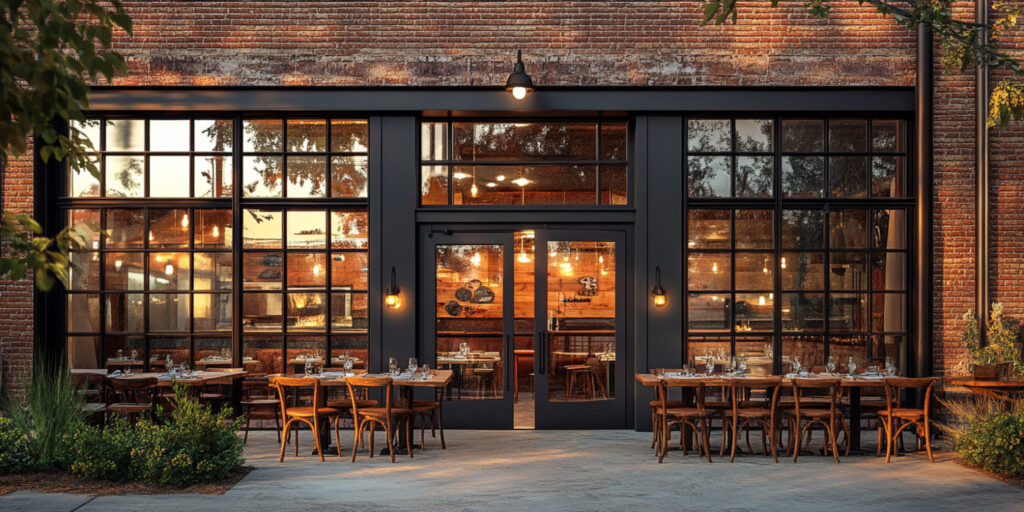Adaptive reuse, the process of repurposing existing buildings for new uses, has become an increasingly popular strategy in the restaurant industry. By transforming old structures into vibrant dining establishments, restaurateurs can create unique atmospheres, capitalize on cost savings, and promote sustainability. Here’s a closer look at the benefits of adaptive reuse for restaurant spaces.
1. Unique Character and Atmosphere
One of the most compelling reasons for adopting adaptive reuse is the ability to offer a distinctive dining experience. Historic buildings, old warehouses, or even repurposed industrial spaces come with a unique charm that is hard to replicate in newly constructed venues. The original architectural elements—exposed brick walls, wooden beams, large windows—add a sense of history and character that can attract customers seeking an authentic and memorable experience. This distinctive atmosphere often becomes a key part of the restaurant’s brand identity, setting it apart from competitors.
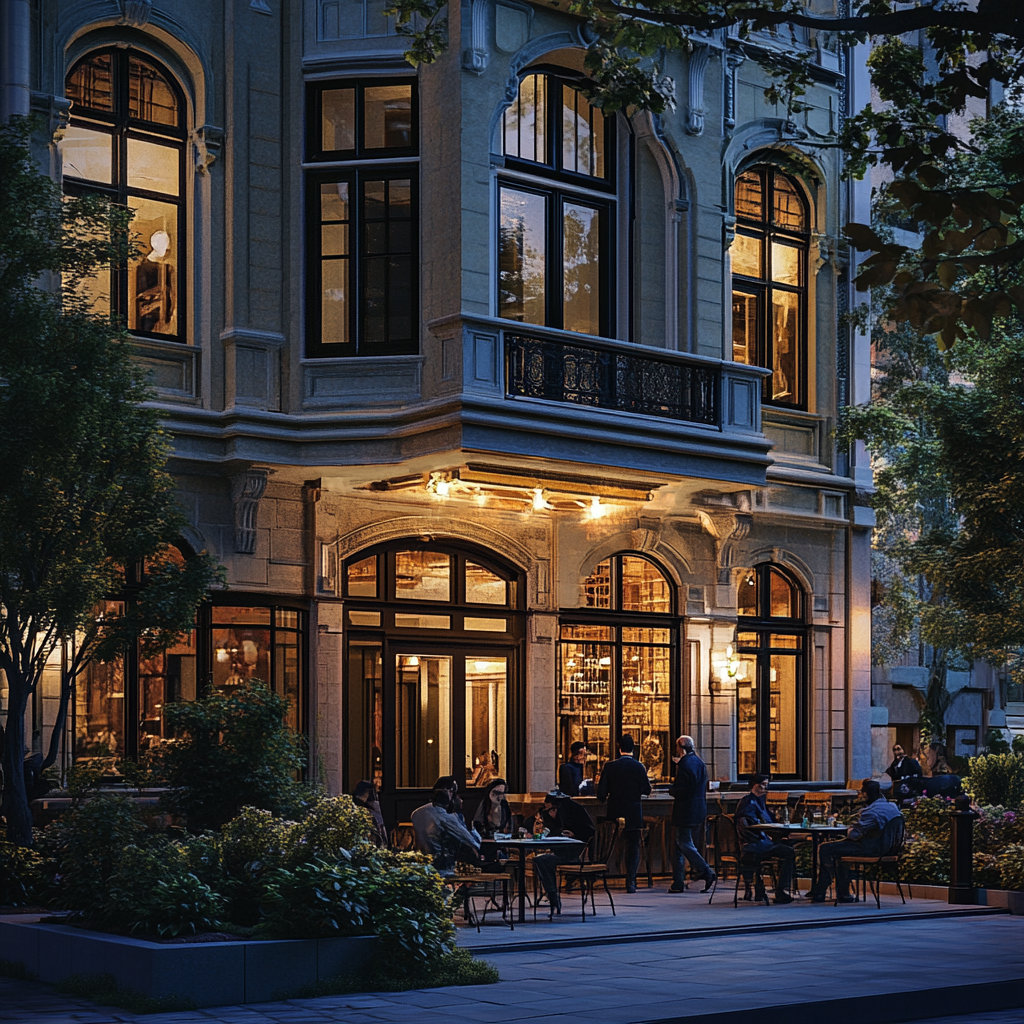
2. Cost Savings
Starting a new restaurant involves significant capital investment, especially when it comes to construction. Adaptive reuse can offer substantial cost savings compared to building from scratch. By working with an existing structure, restaurateurs can reduce costs associated with materials, labor, and construction timelines. Additionally, older buildings may already be located in prime areas, avoiding the high costs of acquiring new land in desirable locations. These savings can be redirected into other areas, such as interior design, marketing, or menu development, to enhance the overall dining experience.
3. Sustainability and Environmental Impact
Sustainability is increasingly important in today’s business landscape, and adaptive reuse is a powerful way to reduce a restaurant’s environmental footprint. Repurposing an existing building minimizes the need for new construction materials, reducing the overall consumption of resources. It also helps to reduce waste, as fewer materials are sent to landfills when an old building is preserved rather than demolished. By choosing adaptive reuse, restaurateurs can align their business with sustainable practices, which can appeal to environmentally conscious customers and improve the restaurant’s public image.
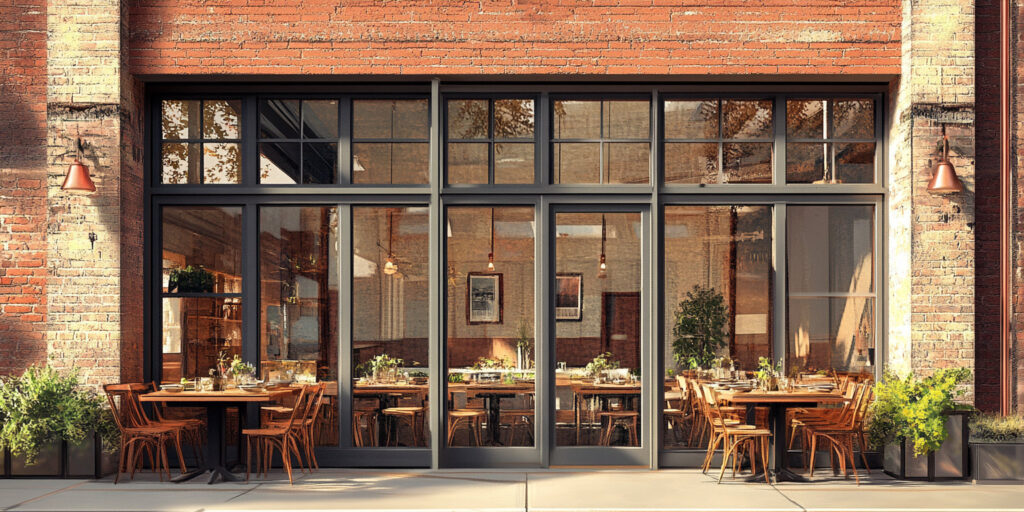
4. Community Engagement and Revitalization
Adaptive reuse projects often contribute to the revitalization of neighborhoods, breathing new life into areas that may have been underutilized or neglected. By converting an old building into a thriving restaurant, business owners can play a role in revitalizing the local community, creating jobs, and attracting visitors. This can lead to a positive ripple effect, encouraging further investment in the area and fostering a sense of pride among local residents. Restaurants that engage in adaptive reuse can become community landmarks, strengthening their connection to the local culture and history.
5. Zoning and Permitting Advantages
In some cases, adaptive reuse projects may benefit from more flexible zoning regulations or expedited permitting processes. Municipalities often encourage the reuse of existing buildings, especially if the project contributes to the preservation of historically significant structures or the revitalization of a particular area. This can result in faster approvals and potentially lower fees, allowing restaurateurs to get their business up and running more quickly than they might with a new construction project.
6. Marketing and Storytelling Opportunities
Every building has a story, and adaptive reuse allows restaurant owners to leverage that history in their branding and marketing efforts. The narrative of transforming an old warehouse or a historic house into a modern dining space can be compelling and resonate with customers. It provides a rich backdrop for storytelling, whether in advertising campaigns, social media content, or the restaurant’s decor. This connection to history can help build a loyal customer base who appreciate the blend of old and new.
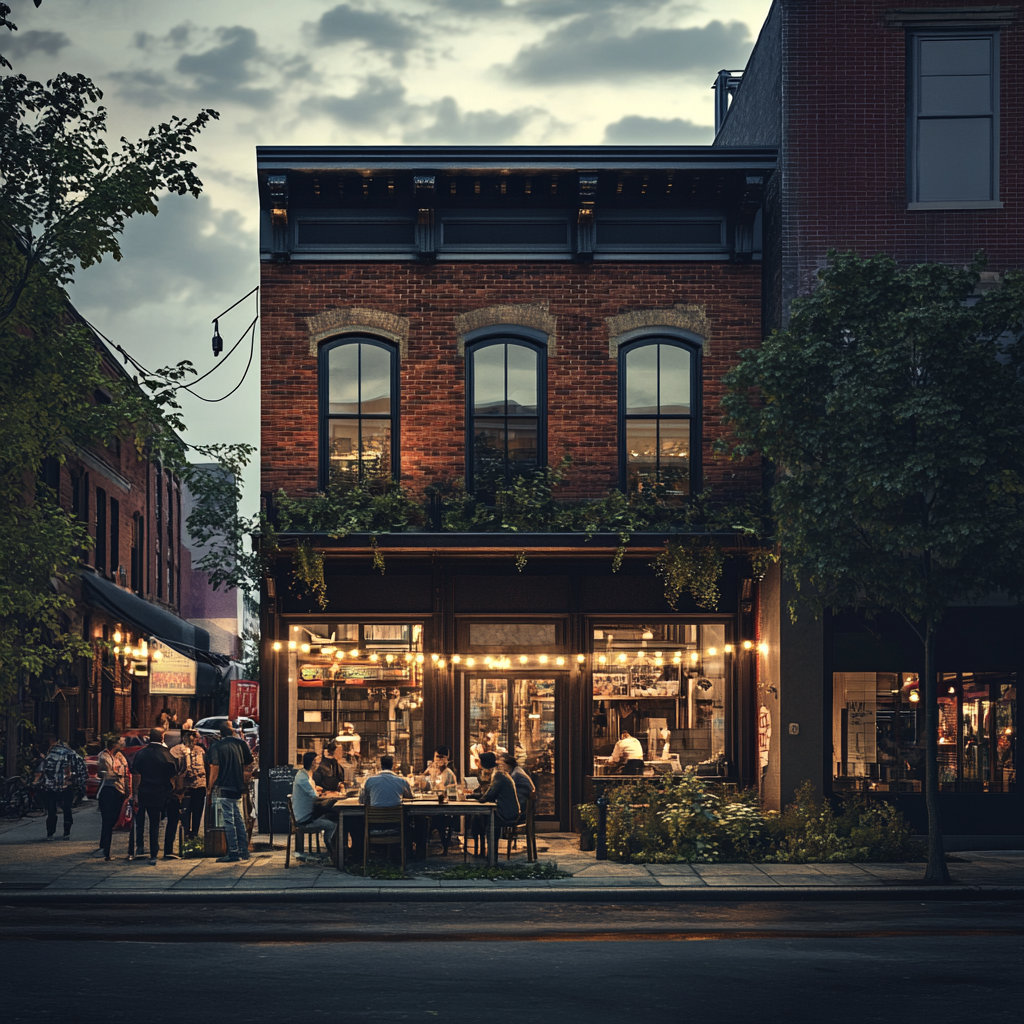
Adaptive reuse offers a multitude of benefits for restaurant spaces, from cost savings and sustainability to unique branding opportunities. By repurposing existing buildings, restaurateurs can create dining environments that stand out in a crowded market, engage with the community, and contribute to a more sustainable future. As the trend towards adaptive reuse continues to grow, it’s clear that this approach offers a winning combination of practicality, creativity, and environmental responsibility for the restaurant industry.
By prioritizing adaptive reuse, you not only contribute to the preservation of architectural heritage but also tap into a powerful narrative that resonates with today’s consumers. Embrace the future of dining by transforming the past—adaptive reuse is the key to building a restaurant that stands the test of time.
If you’re considering adaptive reuse for your next restaurant project and want to explore potential properties, contact Work with Bibi. With our expertise in commercial real estate and a deep understanding of adaptive reuse opportunities, Work with Bibi can help you find the perfect space to bring your vision to life. Don’t miss out on the chance to create a unique dining experience that stands out in today’s market.
Subscribe to the newsletter
Don’t Miss Any of Our Blog Posts, Subscribe to Our Weekly Newsletter Today!
Recent posts

What to Expect When Working with a CRE Agent: Your Guide to a Successful CRE Journey
Navigating the commercial real estate (CRE) market is a complex process that demands more than just basic knowledge. It requires

How to Find a Good Commercial Real Estate Broker: Your Guide to Navigating CRE
Navigating the complex landscape of commercial real estate (CRE) requires more than just a basic understanding of the market. Whether
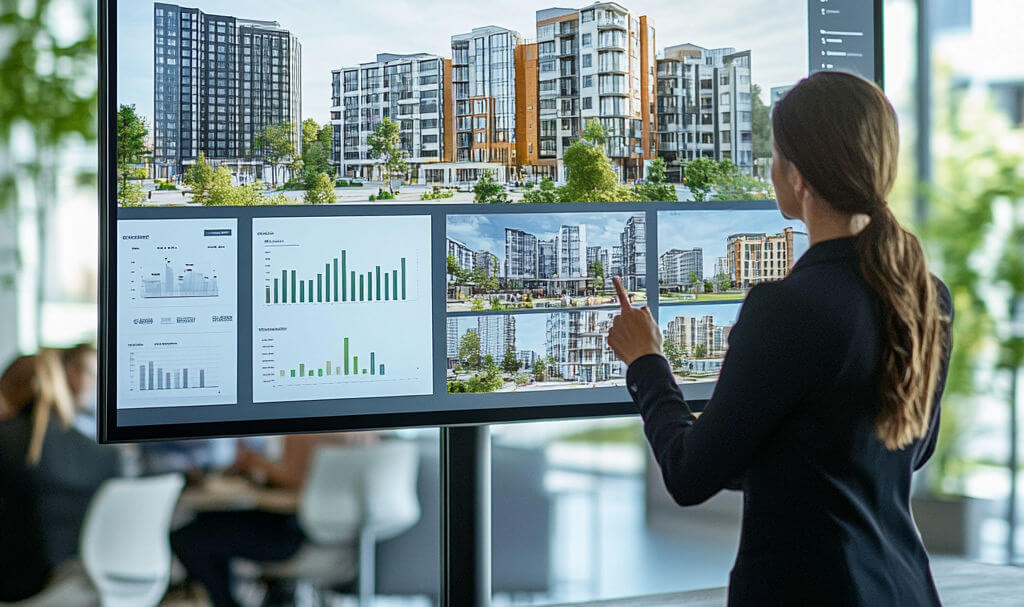
Basics of Commercial Real Estate (CRE)
Commercial Real Estate (CRE) is distinct from residential real estate, which involves properties meant for private living. While residential properties

